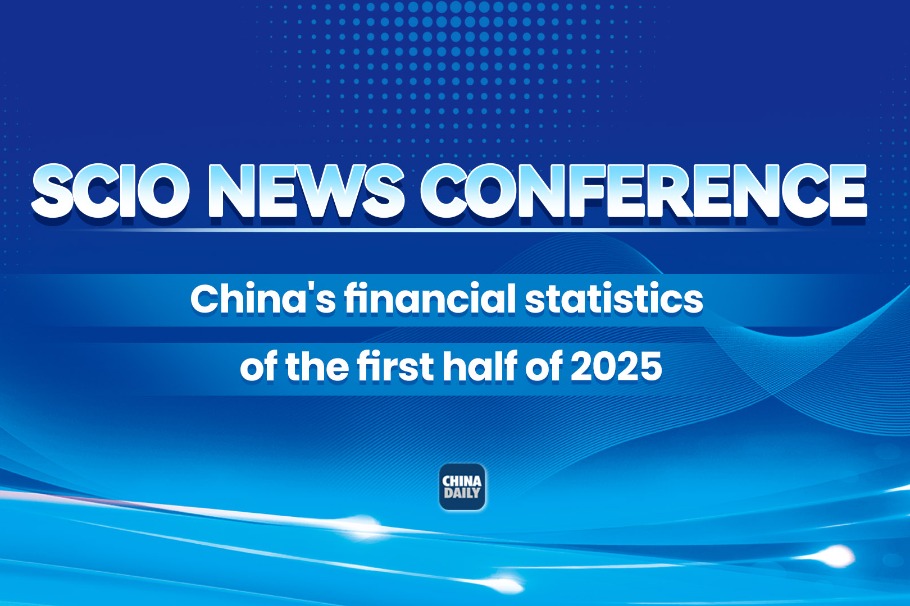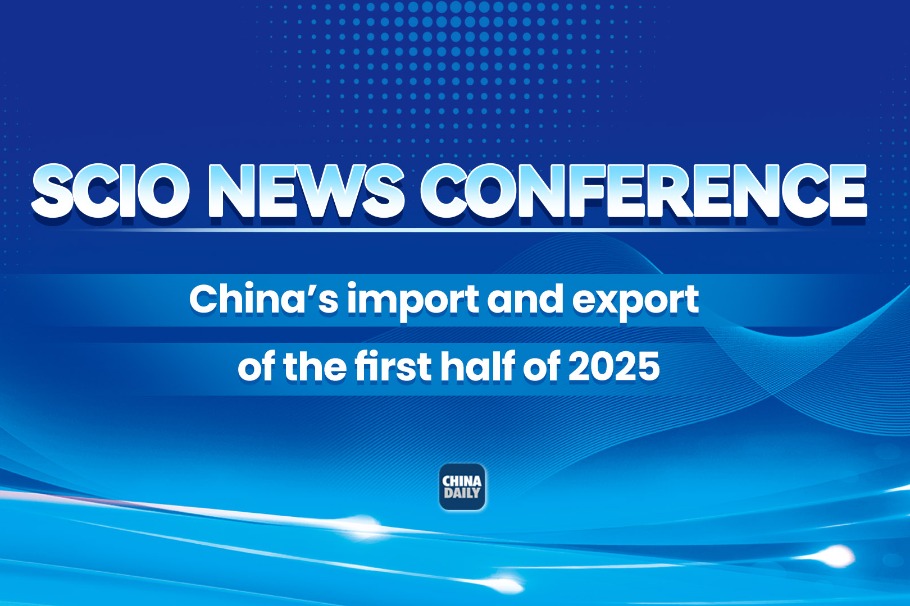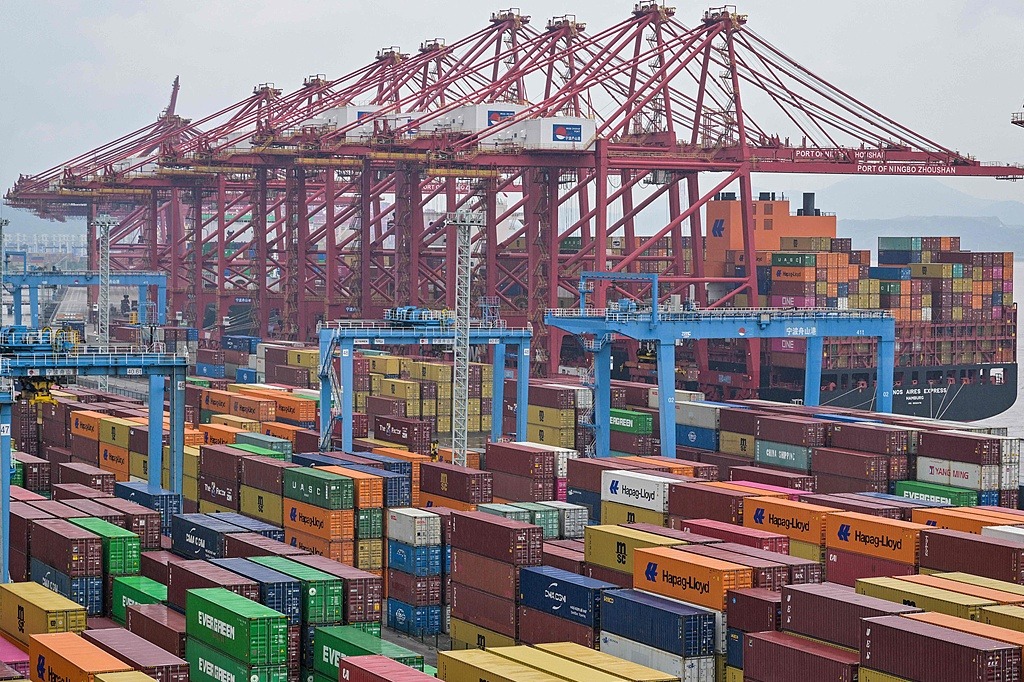Manufacturing shows signs of rebound

The data released by the National Bureau of Statistics on Thursday showed that the Purchasing Managers' Index of the manufacturing sector in October increased to 50.1, up 0.3 points from the previous month. It was also the first time since May this year that the PMI climbed above the 50 contraction-expansion threshold. Coupled with the positive growth in fiscal revenue in September, the increase in the PMI indicates macroeconomic operations are on the rise.
The production index, one of the five indexes that make up the PMI, continued its rebound, increasing by 0.8 points to reach 52 in October, which suggests enterprises are increasing both production and supply.
The new orders index, a component of the PMI which measures overall macroeconomic demand, reached 50 last month, the first time after five consecutive months of sluggishness. This suggests an increase in both production and demand in the coming months.
In addition, the main raw materials purchase price index and the factory sales price index reached 53.4 and 49.9 respectively, up by 8.3 and 5.9 points from the previous month. The increase can be partly attributed to the strong performance of commodity prices under a strong dollar. Enterprises' expectations are continuously rising, with the business activity expectation index reaching 54, up by 2 points from the previous month.
While expectations often have a self-reinforcing characteristic, policies should help further raise expectations.
However, there were signs of a decline in the new export orders index in September and October. In particular, the significant policy uncertainty due to the US presidential election on Tuesday, and the European Union imposing extra tariffs on Chinese-made electric vehicles suggest volatility in foreign trade may increase in the future.
Given the combined support of previous adjustments to housing loan interest rates, reduction in the loan prime rates, and easing of restrictions on the purchase of property in multiple cities, sectors such as the real estate are likely to rebound.
In other words, the rebound of the manufacturing PMI suggests production and demand, as well as enterprises' production expectations will improve. Coupled with the turnaround of fiscal revenue from negative to positive in September and the possible continued rise in price indexes, countercyclical regulatory policies are still having a positive effect on economic operations in the fourth quarter.
- 21st Century Business Herald
Today's Top News
- Sovereign wealth funds ramping up allocation to Chinese assets
- Common ground prevails over differences: China Daily editorial
- China's foreign trade up 2.9% in H1
- Task force formed to probe lead exposure
- Albanese's visit shows close economic links
- Equipment manufacturers driving trade growth






























